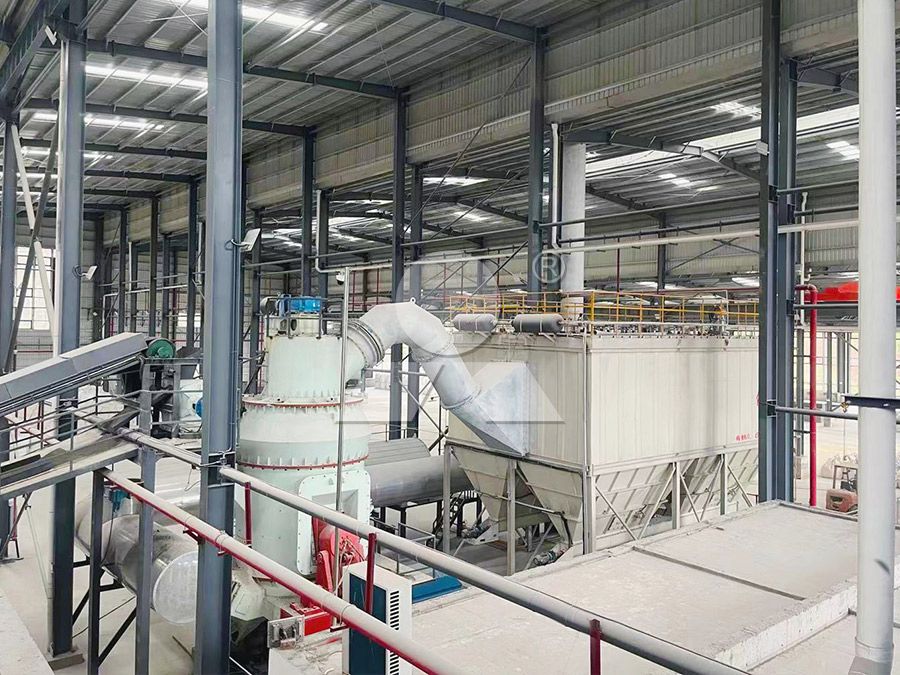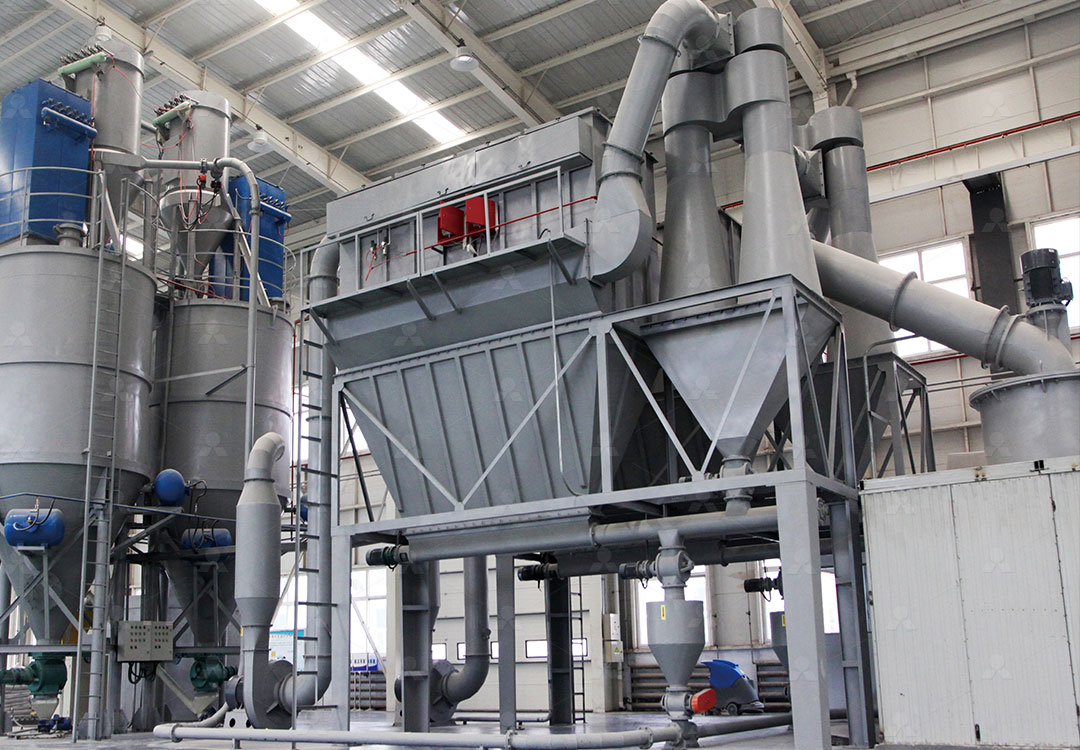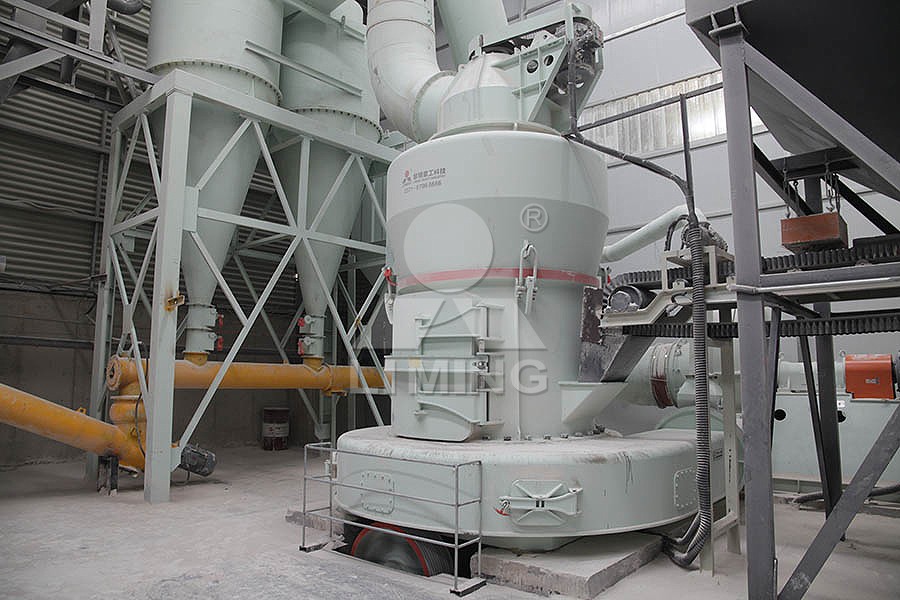Water Slag Grinding to 300 Mesh for Mineral Powder Mixing Plant Applications
Water Slag Grinding to 300 Mesh for Mineral Powder Mixing Plant Applications
In modern mineral powder mixing plants, achieving consistent 300-mesh fineness in water slag processing has become a critical requirement for producing high-quality blended materials. Water slag, a byproduct of steel production, possesses excellent cementitious properties when properly ground, making it an invaluable component in construction materials. However, reaching the precise 300-mesh specification demands specialized grinding equipment capable of handling the material’s unique characteristics while maintaining operational efficiency.

The Technical Challenge of 300-Mesh Water Slag Grinding
Water slag presents distinct grinding challenges due to its variable moisture content and abrasive nature. Traditional ball mills often struggle with energy inefficiency and inconsistent particle size distribution when processing this material to 300-mesh specifications. The ideal grinding solution must address several key factors: moisture management, wear resistance, precise particle size control, and environmental compliance.
Most mineral powder mixing plants require water slag powder with a consistent 300-mesh fineness (approximately 50 microns) to ensure proper reactivity and blending characteristics. This specification demands grinding technology that can maintain tight tolerances while handling the material’s tendency to absorb moisture and cause equipment wear.
Advanced Grinding Solutions for Modern Requirements
For operations requiring precise 300-mesh water slag powder, the MW Ultrafine Grinding Mill represents an optimal solution. This advanced mill system handles input sizes from 0-20 mm with capacities ranging from 0.5-25 tph, making it suitable for various production scales. The MW series incorporates German cage-type powder selector technology, allowing exact fineness adjustment between 325-2500 meshes – perfect for the 300-mesh target common in mineral powder mixing applications.
What sets this technology apart is its innovative design that eliminates rolling bearings and screws within the grinding chamber. This feature significantly reduces maintenance concerns related to bearing failures or loose components, addressing common pain points in water slag processing. The external lubrication system enables continuous 24-hour operation without shutdowns for maintenance, a crucial advantage for production-intensive mineral powder plants.

Environmental and Operational Benefits
Modern mineral processing facilities face increasing pressure to minimize environmental impact. The integrated pulse dust collector and muffler system in the MW Ultrafine Grinding Mill effectively contains dust and reduces noise emissions, ensuring compliance with stringent environmental standards. This is particularly important when processing water slag, which can generate significant dust if not properly managed.
The grinding efficiency achieved through newly designed grinding curves of the roller and ring system provides 40% higher production capacity compared to jet grinding mills and double the output of traditional ball mills, all while consuming only 30% of the energy of jet grinding systems. This combination of higher yield and lower energy consumption directly addresses the cost pressures facing mineral powder mixing operations.
Integration with Mineral Powder Mixing Systems
When incorporating water slag grinding into existing mineral powder mixing plants, the equipment’s footprint and integration capabilities become critical considerations. The compact design of modern grinding mills allows for space-efficient installation, while the fully automated control systems enable seamless integration with existing mixing and batching operations.
For operations requiring even higher production capacities or dealing with different material characteristics, the LUM Ultrafine Vertical Grinding Mill offers an alternative approach. With its unique roller shell and lining plate grinding curve design, the LUM mill generates material layers more effectively and achieves high finished product rates through single-pass milling. The reversible structure simplifies maintenance operations, reducing downtime during wear part replacement.

Frequently Asked Questions
What makes water slag particularly challenging to grind to 300 mesh?
Water slag’s variable moisture content and abrasive characteristics require grinding equipment with precise moisture management and wear-resistant components. The material’s tendency to cause equipment wear demands specialized mill designs that minimize direct contact points susceptible to abrasion.
How does the MW Ultrafine Grinding Mill achieve better energy efficiency compared to traditional ball mills?
The MW mill incorporates optimized grinding curves and an efficient cage-type powder selector that reduces energy consumption by up to 70% compared to traditional ball mills. The system’s design minimizes energy losses through mechanical efficiency and precise particle separation.
Can the same grinding equipment handle variations in water slag composition?
Yes, both the MW and LUM grinding mills feature adjustable operating parameters that accommodate variations in material characteristics. The hydraulic adjustment systems and variable speed controls allow operators to fine-tune the grinding process for different slag compositions while maintaining consistent 300-mesh output.
What environmental considerations are addressed in modern water slag grinding systems?
Contemporary grinding mills incorporate comprehensive dust collection systems, noise reduction technology, and closed-circuit designs that prevent material escape. The negative pressure operation and pulse jet dust collectors ensure emissions remain well below regulatory requirements.
How does the equipment handle the maintenance demands of abrasive water slag?
The absence of rolling bearings and screws in the grinding chamber, combined with external lubrication systems, significantly reduces maintenance frequency. Wear-resistant materials in critical components and accessible design features minimize downtime during routine maintenance operations.
